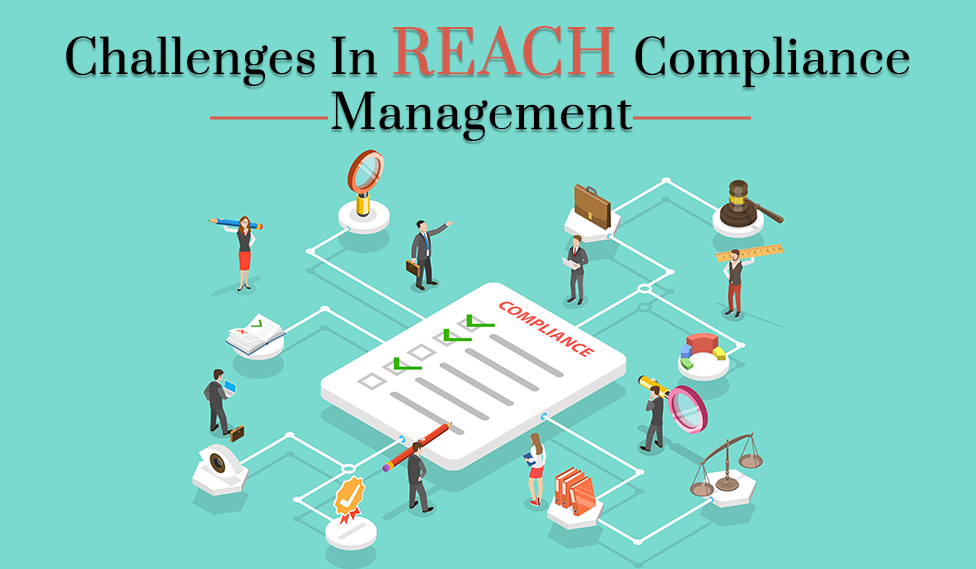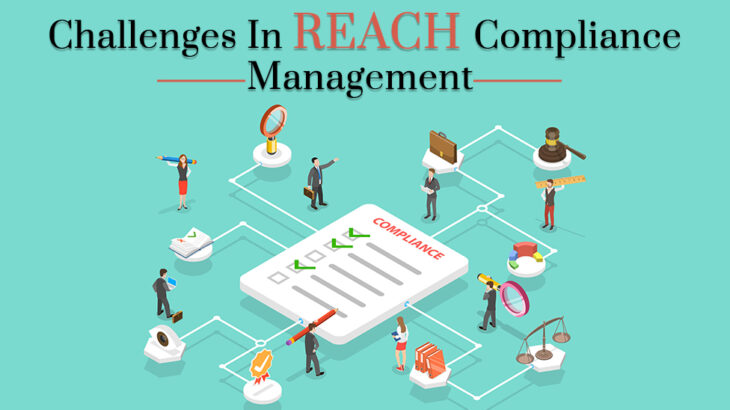
The European Union adopted the Restriction of Hazardous Substances (REACH) Directive (EU). It aimed to protect the health of the public and the ecosystem from the threats posed by various chemical substances. This regulation also paves the way for alternative ways to conduct hazard assessments by decreasing tests on animals. This blog post will highlight some of the best practices for REACH compliance management for electronics OEMs.
All chemicals that are present or used in electrical items. It includes all the mixtures or preparations and end products. Substances of Very High Concern (SVHCs) are highly regulated because of their severity. They might not even be authorized if a safe alternative exists.
Those who use, export, or manufacture these chemicals will have to communicate appropriately with the stakeholders to avoid supply chain disruptions.
The challenges of REACH compliance
Data Collection
The foremost challenge for electronic companies in REACH compliance is to find the chemical composition of all the substances used in the manufacturing process. When the companies have access to clear-cut information, complying with the reach requirements is simple.
But, that is not the case. The collection of such details from the suppliers is an elaborate process that demands time and effort. Sometimes, a supplier would vaguely understand the regulations while others ask for reasons to disclose such information.
Therefore, it is always good to have a full-disclosure policy at hand. Or at least ask for the non-use SVHC certificate.
Data Evaluation and consolidation
The next obstacle in the way of seamless compliance is data verification. It begins when chemical compositions of materials start coming in from various suppliers.
Here are some issues an electronic OEM company might face:
- The CAS number and the chemical substance name do not correlate.
- Missing or incomplete CAS number
- CAS number of two different substances are the same
- Multiple suppliers use other names and CAS numbers for identical substances
Sunstream assists with data cleansing and collectionfor better RoHS, REACH, and conflict mineral compliance at times like these. It helps to collect all needed information from the suppliers, verify the data and draw accurate insights from the information received.
Establishing Chemical Substance Database
Managing a comprehensive chemical substance database is essential for smooth compliance. This database must deliver substance data of homogeneous materials. The company can detect problem areas only when information on components, products, and assembly levels are available.
Therefore, a simple system as such the Excel would be incapable of handling chemical substance information across multiple components. Manual entry of such data would only further complicate the process. Sunstream identifies these bottlenecks and looks to streamline establishing a detailed database.
Limited resources
Many electronic companies do not have a specialized in-house team for REACH compliance. The compliance will either go to the quality check or the component engineering team. In this case, the product designers do not need to know the chemical substances in the product.
Companies would only have a few people responsible for this task with this limited budget. Hence, establishing REACH compliance management with these constraints in resource allocation is a challenge.
Sunstream understands all of these issues with REACH compliance. Therefore, our experts are at your service to facilitate all the processes and simplify REACH requirements. In this way, your company focuses more on core activities than worrying about complying with the EU regulation.
Contact us today for REACH & SDS services!




 +1.585.935.7123
+1.585.935.7123 +91-804-148-6861
+91-804-148-6861